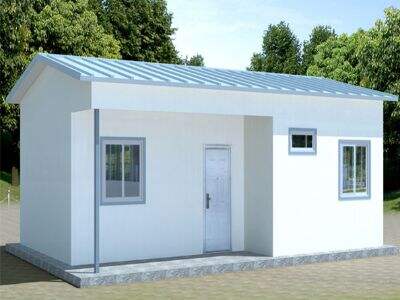Prefabricated construction is a method in which structures, such as homes and commercial buildings, are built. Many pieces are made in a factory, rather than being made on site. Then workers assembled these pieces on the construction site. That is to make build easier and faster.
The different applications of prefab construction:
There are several ways in which prefabricated construction can be utilized. This example brings up some factory panels, which is a very common way of doing it. These panels are subsequently assembled on site. Alternatively, they can take the form of modules, large sections of a building assembled in a factory. Workers pile these modules on top of one another like building blocks.
Advantages of using prefabricated parts:
After that, the benefits of using prefabricated parts. One perk is that it might save you time and money. Because the Prefab Modular Dorms pieces are manufactured in a factory, there are fewer delays from bad weather or other issues. The slug part has a needle that pulls against a spring to regulate the amount of air the can receive.
Good for the environment:
Prefabricated construction is also more environmentally friendly. Because the pieces are produced in a factory, there is also less waste on the construction site. Factories can also more effectively repurpose leftover materials, which minimizes environmental impact.
A radical shift in how we design and build buildings:
Buildings are being made differently through prefab house construction. It allows builders to develop buildings more quickly and efficiently than at any point in time. This matters in cities where there is a need for many new homes in a short time.
Examples of successful projects:
There's a historic prefabricated project: this hotel in China went up in 15 days. An example of this is a student accommodation building in Sweden that was completed in just 10 months using house prefabricated.

